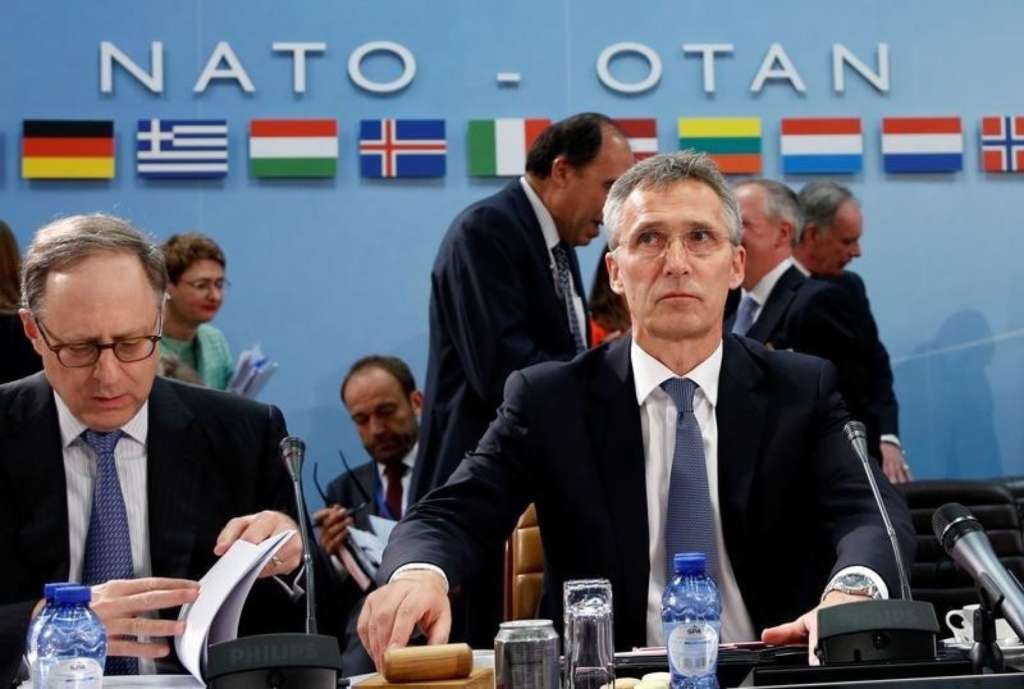Britain announced on Wednesday that it will be sending fighter jets to Romania in 2017 and that the United States made promises on deploying troops, tanks and artillery to Poland in NATO’s biggest military build-up on Russia’s borders since the Cold War.
Germany, Canada and other NATO allies also pledged forces at a defense ministers meeting in Brussels on the same day two Russian warships armed with cruise missiles entered the Baltic Sea between Sweden and Denmark, underscoring East-West tensions.
In Madrid, the foreign ministry said Russia had withdrawn a request to refuel three warships in Spain’s North African enclave of Ceuta after NATO allies said they could be used to target civilians in Syria.
The ships were part of an eight-ship carrier battle group – including Russia’s sole aircraft carrier Admiral Kuznetsov – that is expected to join around 10 other Russian vessels already off the Syrian coast, diplomats said.
NATO Secretary-General Jens Stoltenberg said the troop contributions to a new 4,000-strong force in the Baltics and eastern Europe were a measured response to what the alliance believes are some 330,000 Russian troops stationed on Russia’s western flank near Moscow.
“This month alone, Russia has deployed nuclear-capable Iskander missiles to Kaliningrad and suspended a weapons-grade plutonium agreement with the United States,” Stoltenberg said, also accusing Russia of continued support for rebels in Ukraine.
Those ballistic missiles can hit targets across Poland and the Baltics, although NATO officials declined to say if Russia had moved nuclear warheads to Kaliningrad.
NATO’s aim is to make good on a July promise by NATO leaders to deter Russia in Europe’s ex-Soviet states, after Moscow orchestrated the annexation of the Crimea peninsula in 2014.
NATO’s plan is to set up four battle groups with a total of some 4,000 troops from early next year, backed by a 40,000-strong rapid-reaction force, and if need be, follow-on forces.
As part of that, U.S. Secretary of Defense Ash Carter announced a “battle-ready battalion task force” of about 900 soldiers would be sent to eastern Poland, as well as another, separate force equipped with tanks and other heavy equipment to move across eastern Europe.
“It’s a major sign of the U.S. commitment to strengthening deterrence here,” Carter said.
Britain’s Defence Secretary Michael Fallon said Britain would send an 800-strong battalion to Estonia, supported by French and Danish troops, starting from May. The United States wants its troops in position by June.
London is also sending Typhoon fighter aircraft to Romania to patrol around the Black Sea, partly in support of Turkey.
“Although we are leaving the European Union, we will be doing more to help secure the eastern and southern flanks of NATO,” Fallon said.
